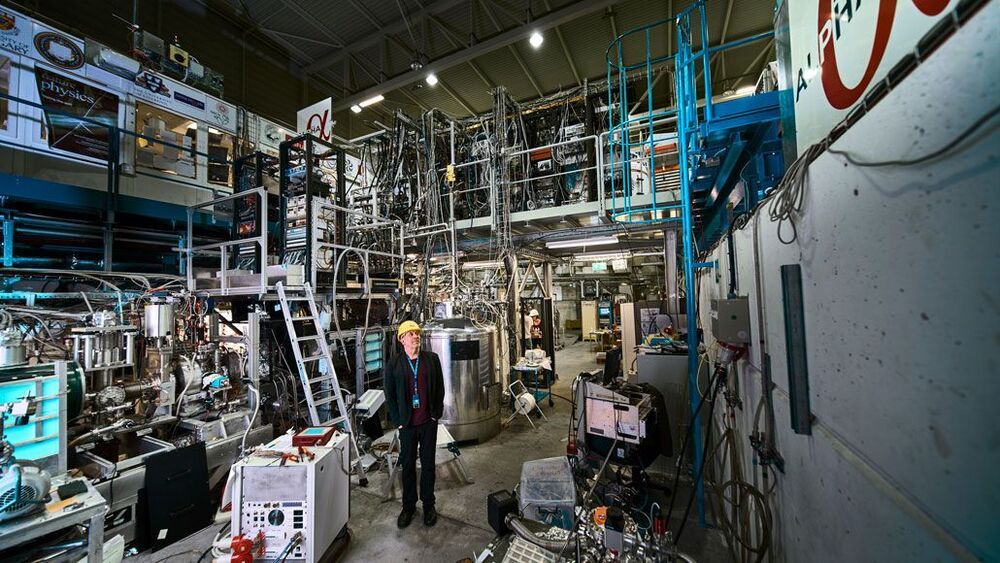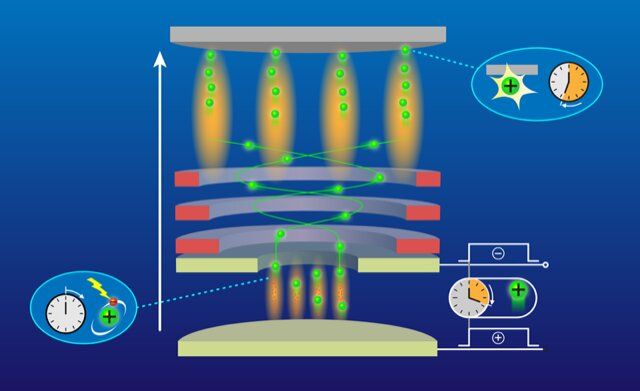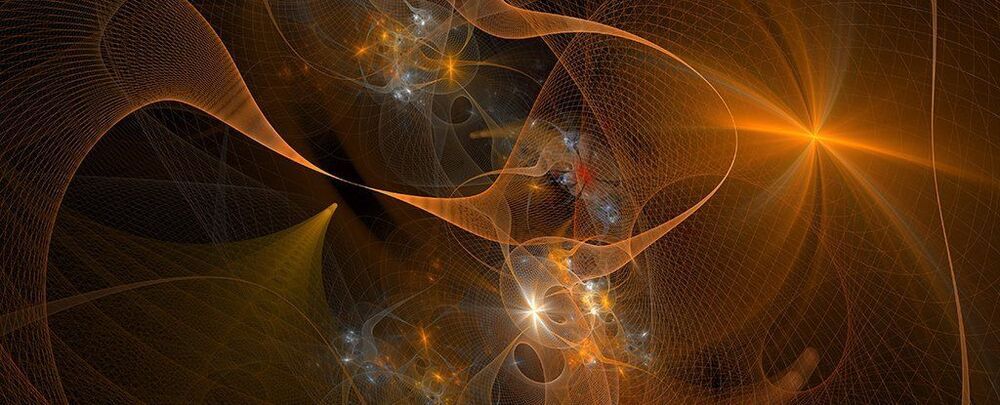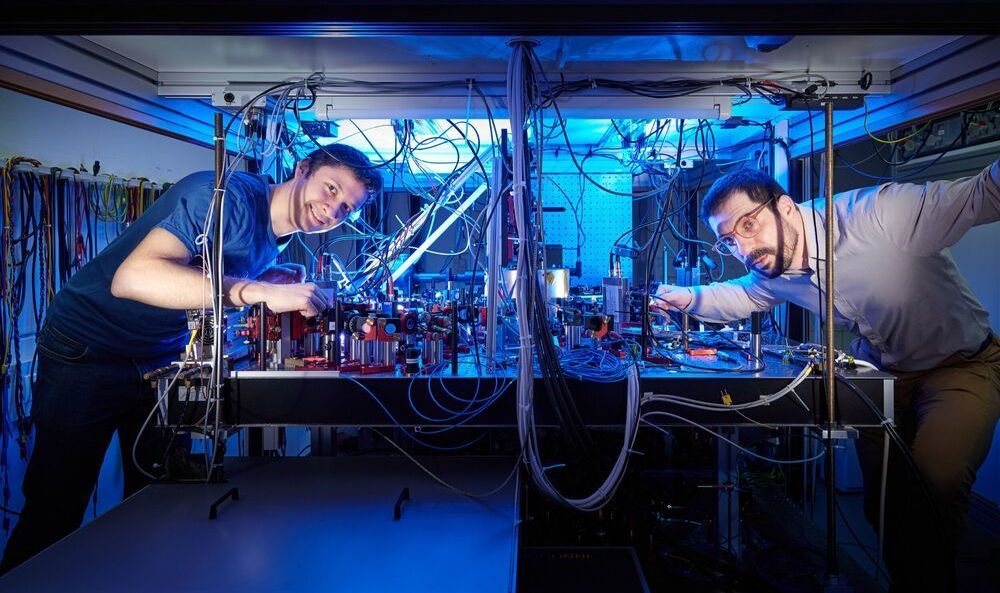Like the Universe’s tiniest matryoshka dolls, atoms are typically modelled as particles within particles – a nuclei built of protons and neutrons, which in turn contain trios of fundamental particles called quarks.







A team of researchers at Universität Stuttgart has developed an ion-optics-based quantum microscope that is capable of creating images of individual atoms. In their paper published in the journal Physical Review Letters, the group explains how they built their microscope and how well it worked when tested.



A team of scientists has detected the presence of a high-energy neutrino — a particularly elusive particle — in the wake of a star’s destruction as it is consumed by a black hole. This discovery, reported in the journal Nature Astronomy, sheds new light on the origins of Ultrahigh Energy Cosmic Rays — the highest energy particles in the Universe.
The work, which included researchers from more than two dozen institutions, including New York University and Germany’s DESY research center, focused on neutrinos — subatomic particles that are produced on Earth only in powerful accelerators.
Neutrinos — as well as the process of their creation — are hard to detect, making their discovery, along with that of Ultrahigh Energy Cosmic Rays (UHECRs), noteworthy.

Even in the world of the smallest particles with their own special rules, things cannot proceed infinitely fast. Physicists at the University of Bonn have now shown what the speed limit is for complex quantum operations. The study also involved scientists from MIT, the universities of Hamburg, Cologne and Padua, and the Jülich Research Center. The results are important for the realization of quantum computers, among other things. They are published in the prestigious journal Physical Review X, and covered by the Physics Magazine of the American Physical Society.